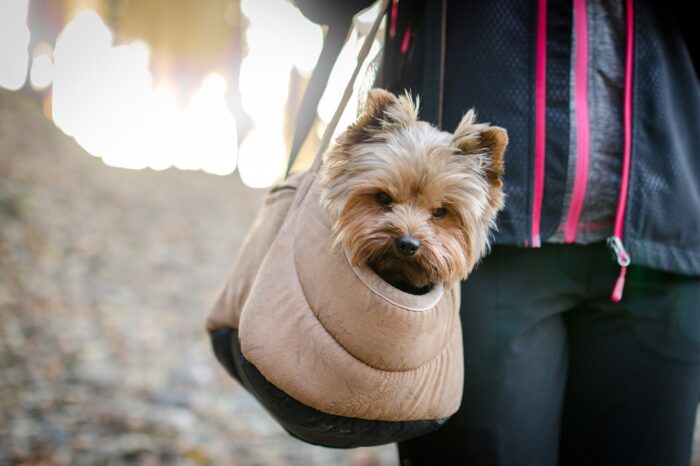
Traveling with a Dog in a Post COVID-19 World
 Source: Pixabay.com
Source: Pixabay.com
Following a whirlwind first half of 2020 where the COVID-19 pandemic dominated global news, the world seems to be getting back to a sense of relative normalcy. Lockdowns are easing. With that, traveling and going on vacation are becoming a possibility again. Still, it’s going to be a long while before the impact of the novel coronavirus on travel wears off—if ever.
COVID-19 has been a scourge on humans but it has had an effect on pet travel too. Now, if you are planning on taking your dog with you on vacation, the safety of dog carrier bags as discussed here https://www.furryfriendsgear.com/are-dog-carriers-safe/ isn’t the only thing you have to evaluate. There’s more.
1. Dog Infection
There have been several cases of dogs testing positive for COVID-19. But in the context of the millions of humans diagnosed with the novel coronavirus so far, it appears the risk of dogs catching COVID-19 is fairly low. Even when dogs have tested positive, they have remained asymptomatic.
There’s no evidence thus far that dogs can transmit the virus to humans. Nevertheless, the virus may in theory be transmitted via pet fur. Therefore, if you have COVID-19, it’s best to minimize the contact you have with your dog. Have someone else take care of your pet while you are in quarantine or hospital.
2. Social Distancing
Since there’s a theoretical possibility of dogs passing on COVID-19 via their fur, leashes and collars, you may want to social distance your pet. How much social distancing to do will vary from person to person.
One consideration is the number of COVID-19 cases in your neighborhood, city or country. If there’s a high number of infections, you should keep your dog away from people and other dogs. That includes avoiding travel. If infections are low, then moving around with your pet and allowing strangers to pat the dog would be reasonable, responsible actions.
3. Flying Overseas
As flight restrictions ease and the number of opportunities for international travel grow, you have to tread cautiously when contemplating when and where to travel with your dog. As a general rule, avoid flying with your dog overseas.
First, international air travel is still not as seamless as it could be. Second, even where restrictions have been removed, financial difficulties are limiting the ability of airlines to return to their routes and schedule. Third, where flights are available, flying pets has either been stopped or restricted.
Fourth, you should think about the possibility of flights getting grounded before you make your return following a new outbreak. In that case, if you must rely on a repatriation flight to come back home, these flights don’t always allow pets onboard.
 Source: Pixaybay.com
Source: Pixaybay.com
If you do have to cross borders, find out what alternative means of travel you have. Driving your car is the most ideal but isn’t always an option. Sometimes, you may need to keep your travel local and domestic on hold until things are back to normal.
4. Dining
Restaurants and cafes have been one of the sectors hardest hit by the novel coronavirus. As an integral part of social life around the world, it isn’t a surprise that so many families are looking forward to dining out again with their pets. Some places limit diners with dogs to takeaway only or outdoor tables.
Where restaurants allow pets to dine inside, you shouldn’t grab the opportunity. Communicable respiratory illnesses such as COVID-19 are more likely to be passed on indoors than outdoors. Ergo, using the outdoor table is safer for both you and your dog. As a bonus, you’ll avoid annoying those restaurant managers and diners who resent dogs dining inside.
If you have been thinking about traveling with your dog, evaluate your plans against these 4 factors. Make a decision that is in the best interest of your dog’s wellbeing.








